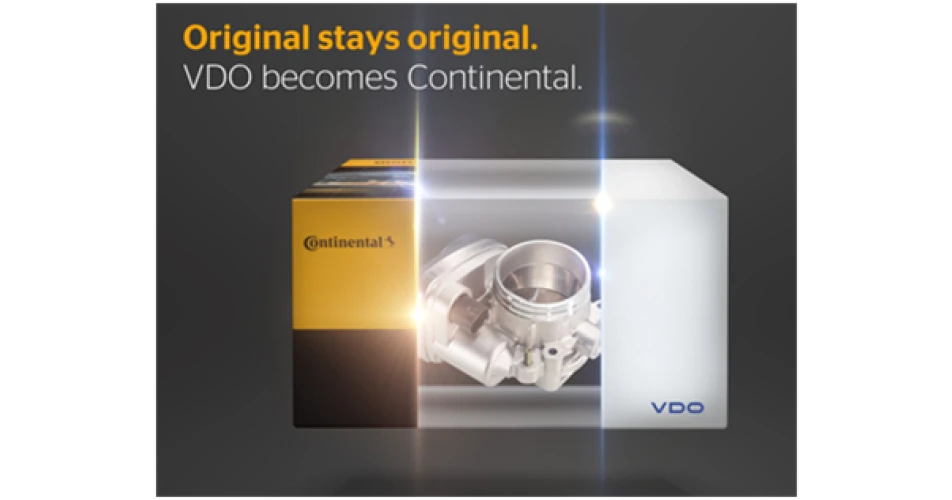Exhaust gas temperature sensors play a vital role in modern engine operations, and leading automotive technology company, Continental, now offers a highly effective solution when it comes to replacement of these critical components.
EGT sensors make engines run more effectively and efficiently, reducing emissions and lowering fuel consumption. Thanks to the high availability and delivery capability of its ECT range, Continental is making the life of workshops easier and more profitable.
With a strategy to move towards a One-Stop-Shop approach, the Continental range now also includes the aftermarket portfolio of subsidiary brand VDO, with these products now managed under the brand name Continental. However, Continental say, original stays original, with the proven high-quality products inside the new packaging remaining identical. Continental offers EGT sensors for many models from manufacturers such as VW, Audi, Skoda und Seat, Opel, Mercedes and Volvo.
As part of the exhaust aftertreatment system, EGT sensors provide information on the temperature of components, such as turbo chargers, catalytic converters, diesel particle filters and nitrogen oxide reduction systems. They recognise the overheating of components and protect them from defects. Gathered information from the EGT sensor can be combined with other engine characteristics. This allows for perfect engine management while ensuring a secure as well as efficient functioning of the entire system.
EGT sensors also lower the fuel consumption, reduce pollutant emissions, protect from overheating, monitor the optimal operating temperature and offer simple measurement functions as well as simple signal processing.
Because they operate in a very harsh environment, EGT sensors are not immune to a defect. Reasons that can lead to an EGT sensor failure are thermal overload caused by a defect in the mixture control or in the fuel injection system, internal and external corrosion and mechanical damage, damage of the electrical wiring caused by strong vibration in the exhaust system and errors in the power supply. Defects are usually detected by the electronic control unit (ECU). As a result, the engine switches to emergency mode. A poor driving performance, high emission values, higher fuel consumption or power loss can also indicate the failure of EGT sensors. In the workshops, the diagnosis is performed by reading out error codes. If, for example, an EGT sensor shows an implausible numerical value while the engine is cold, a defect can be assumed. Visual inspection as well as the analysis of wiring diagrams are other ways for diagnosis.
The full range of Continental exhaust gas temperature sensors, including former VDO sensors, are now available from Continental stockists nationwide.
 Continental Exhuast Gas Teperature Sensor
Continental Exhuast Gas Teperature Sensor